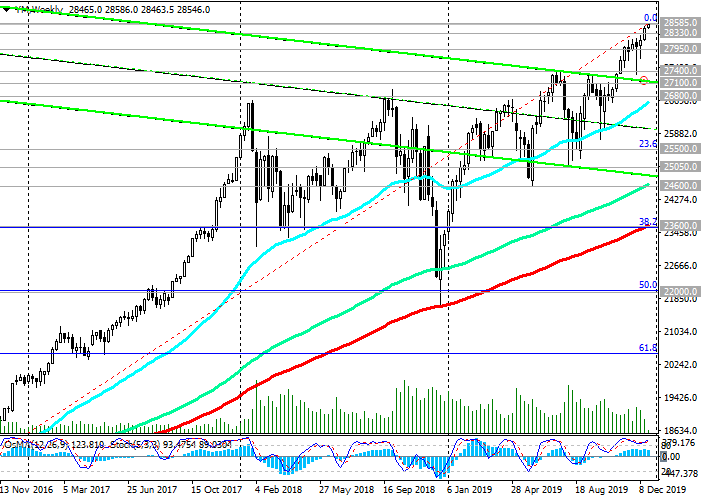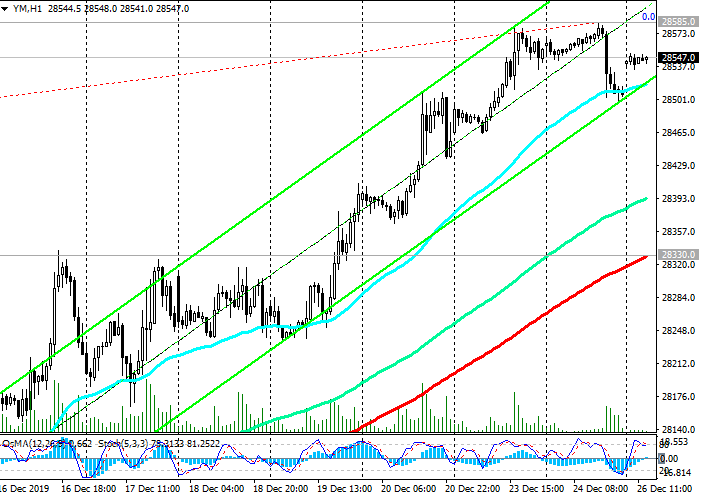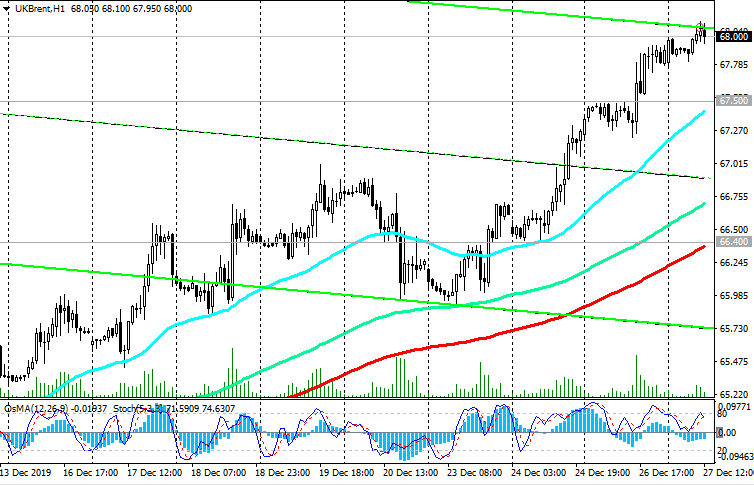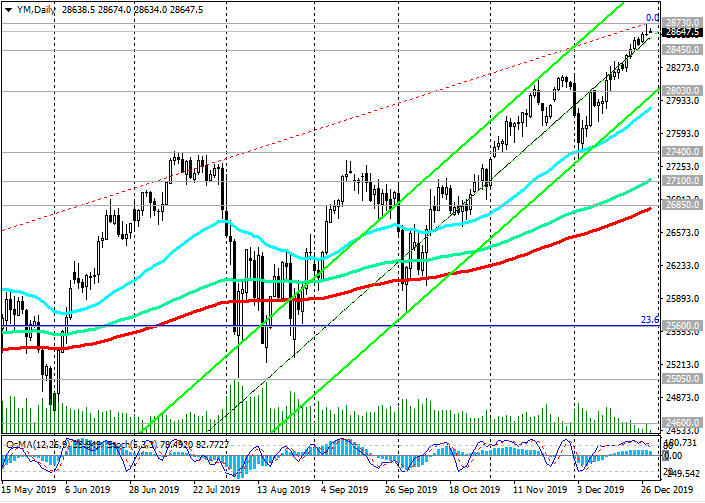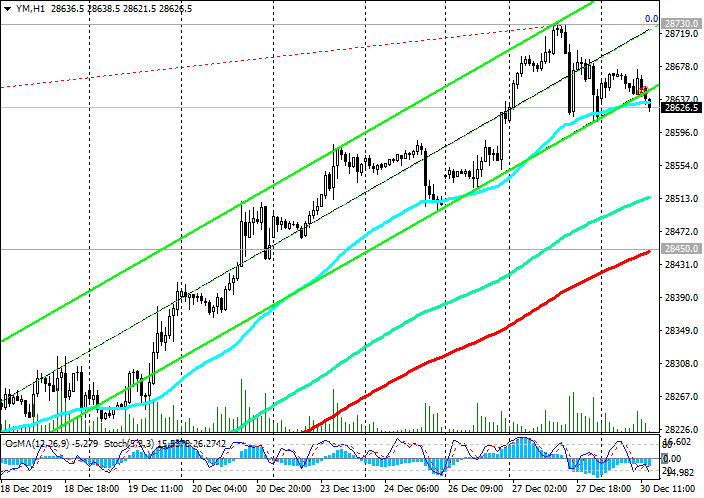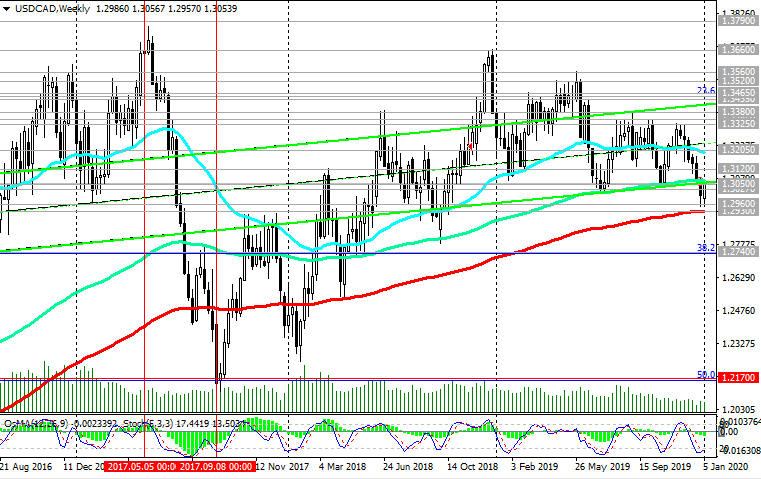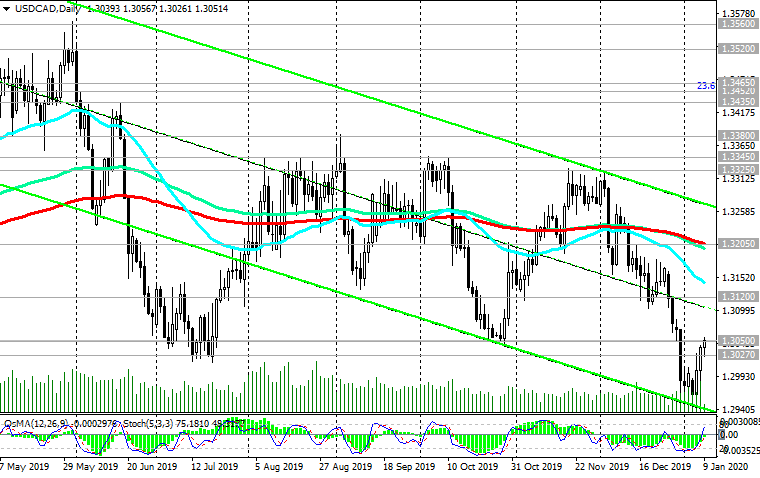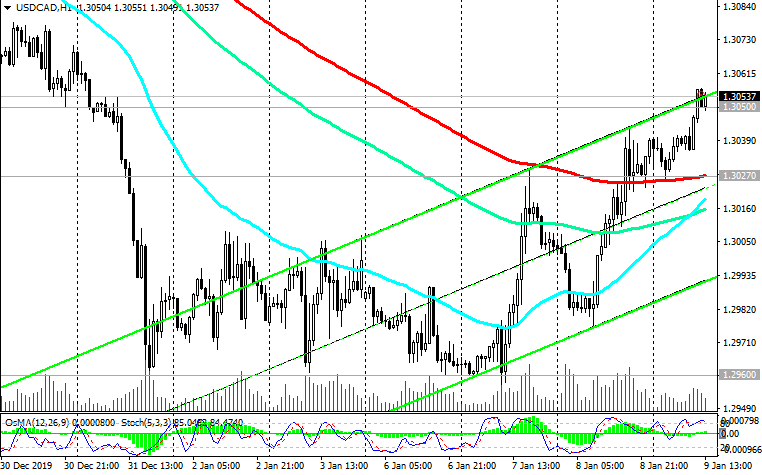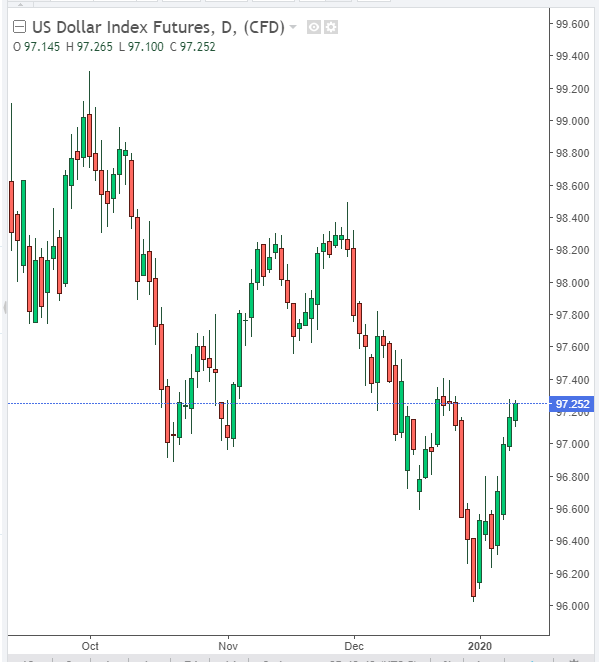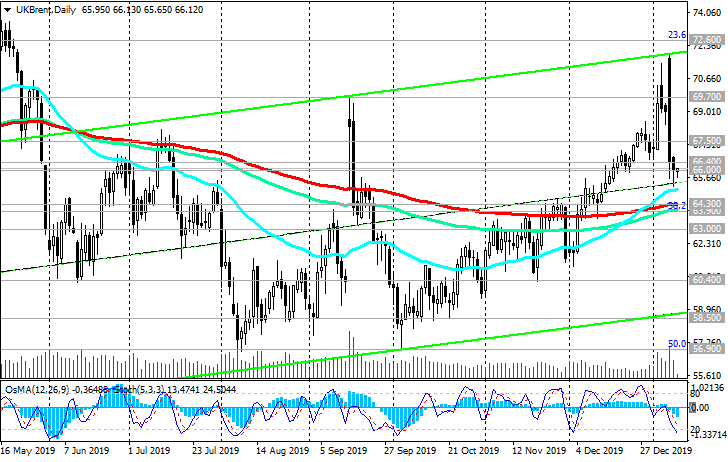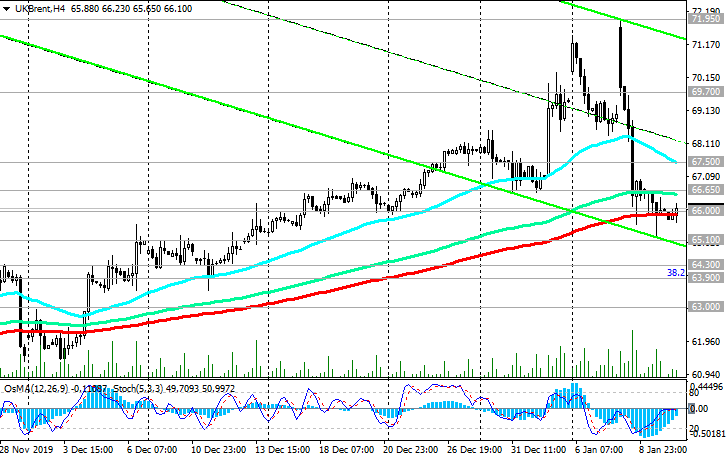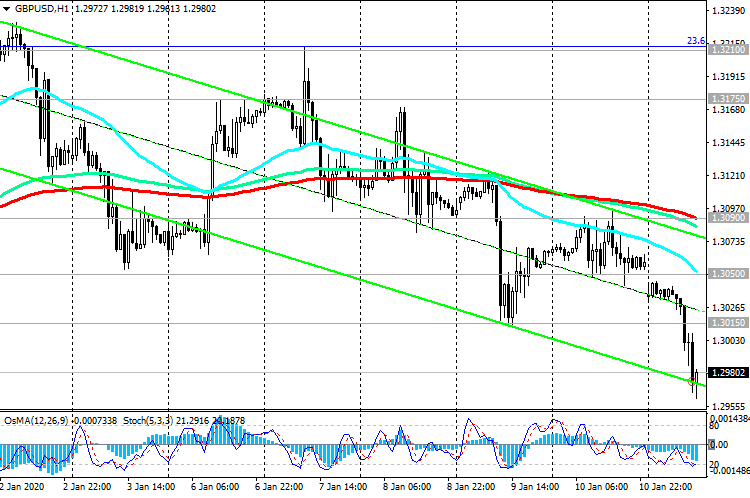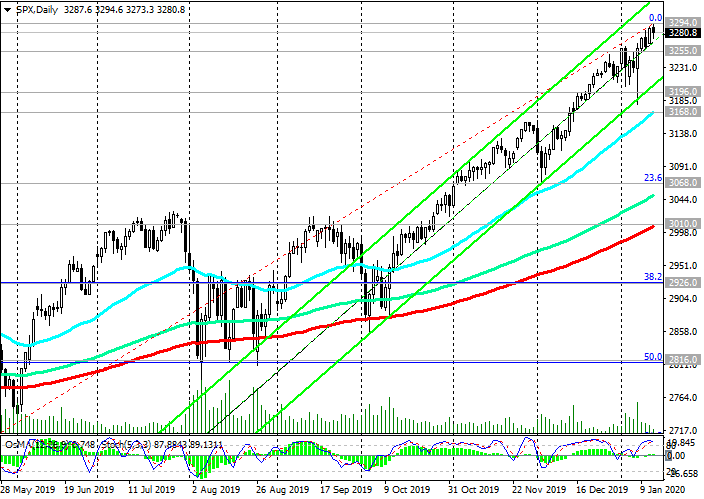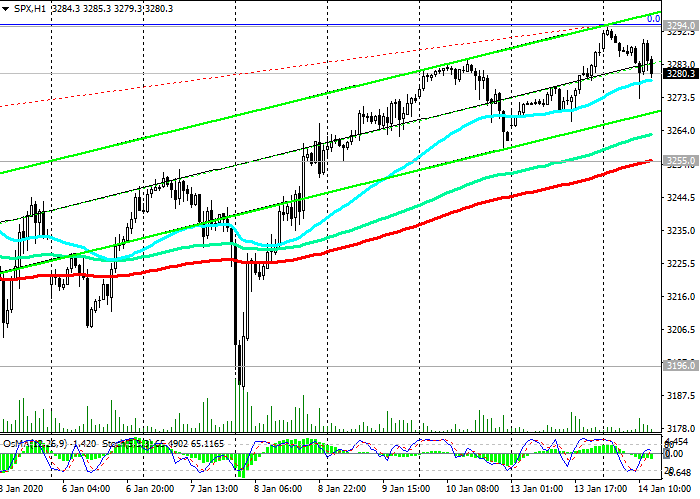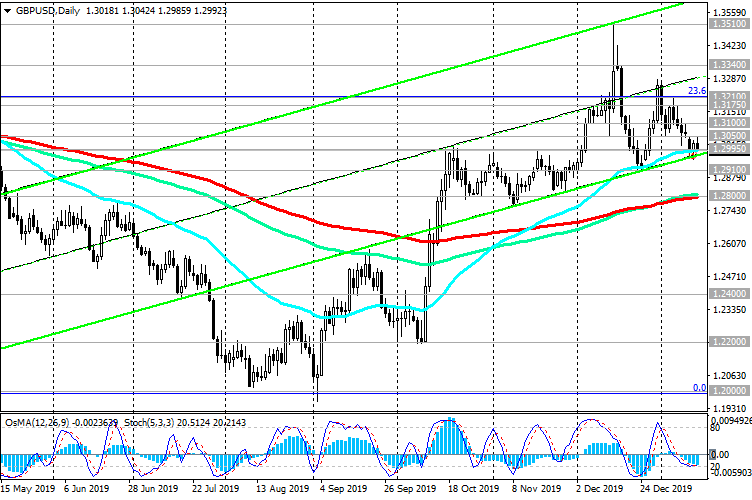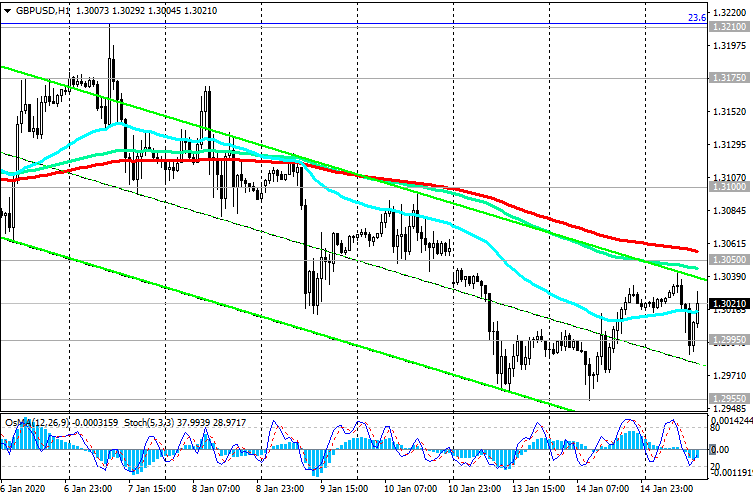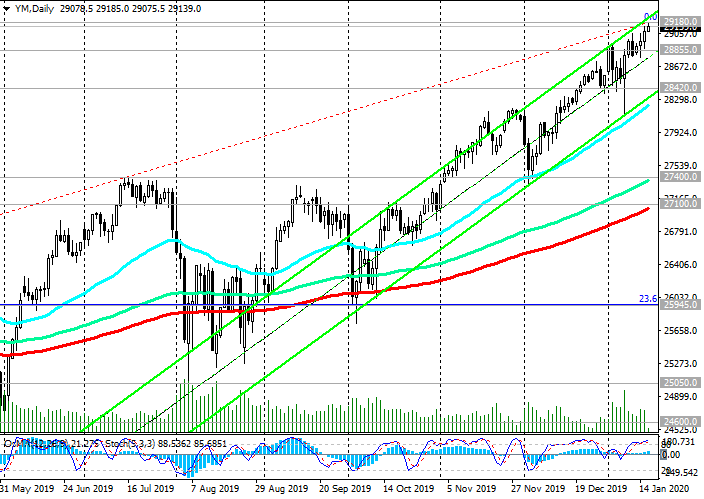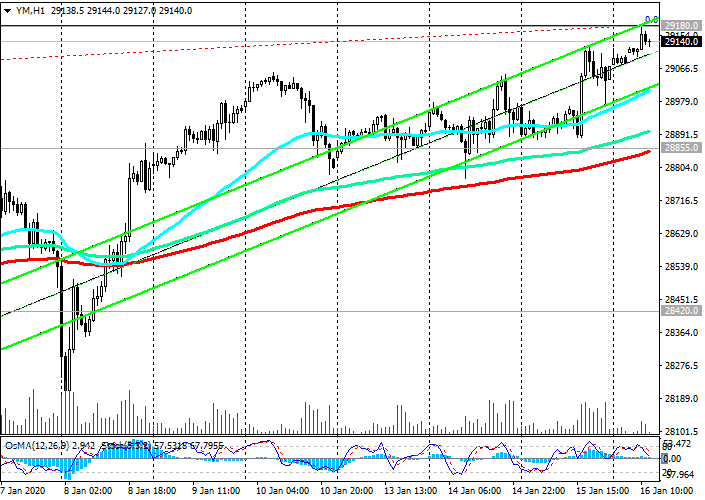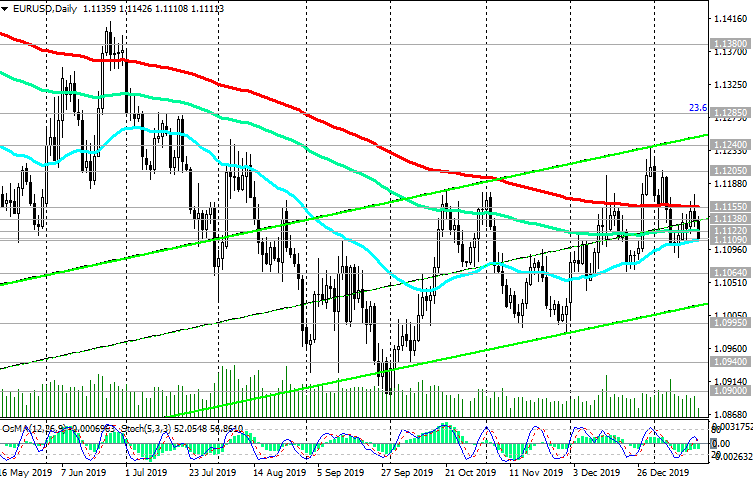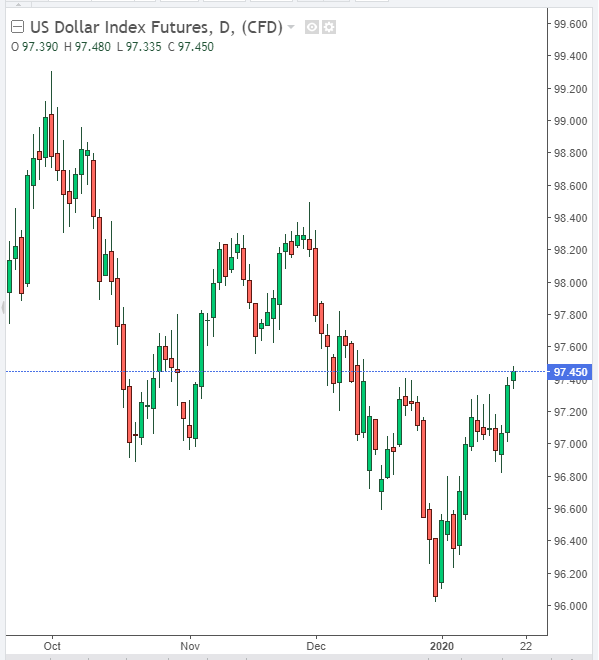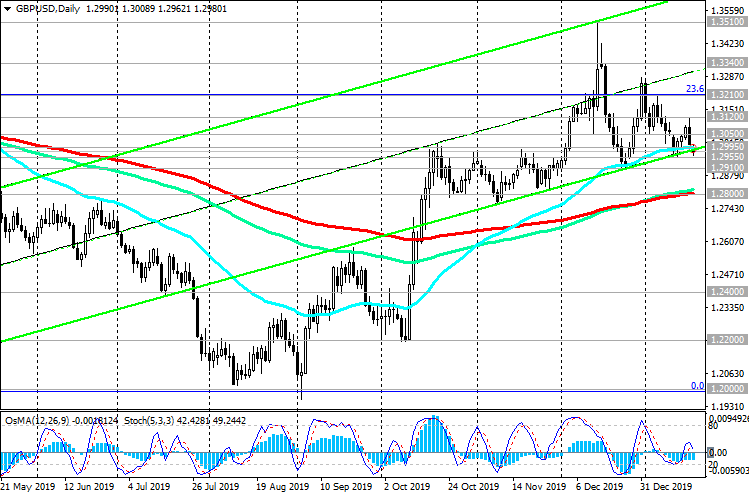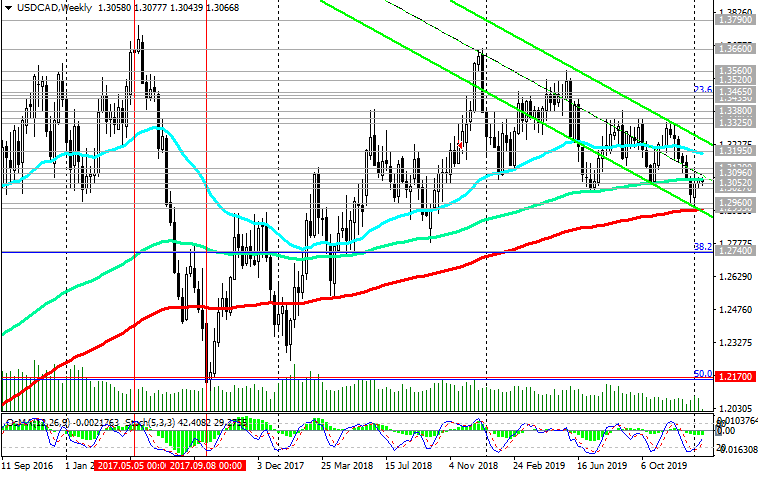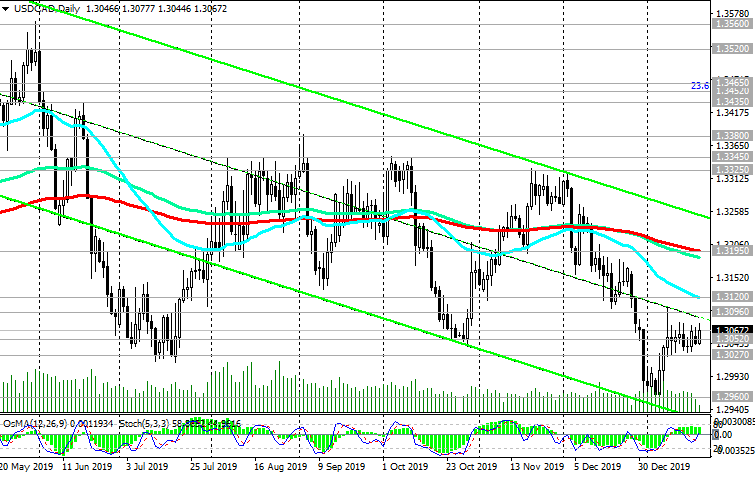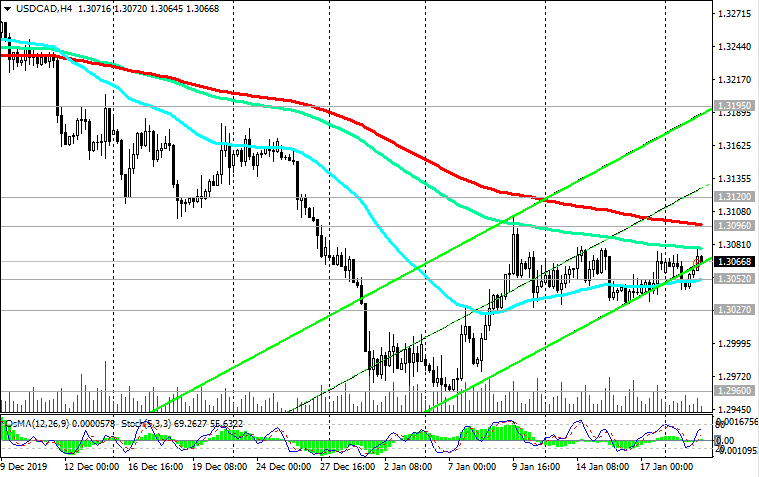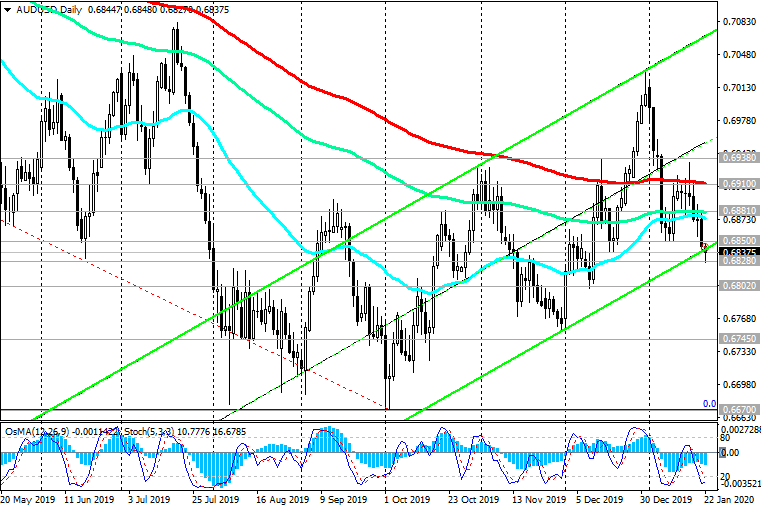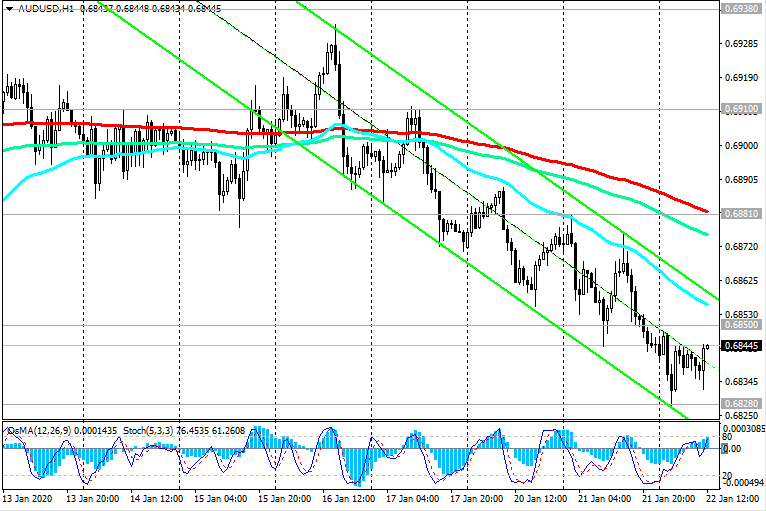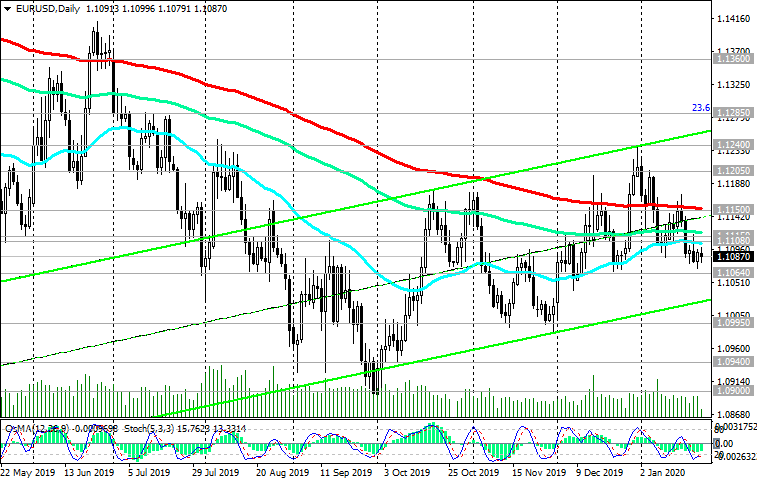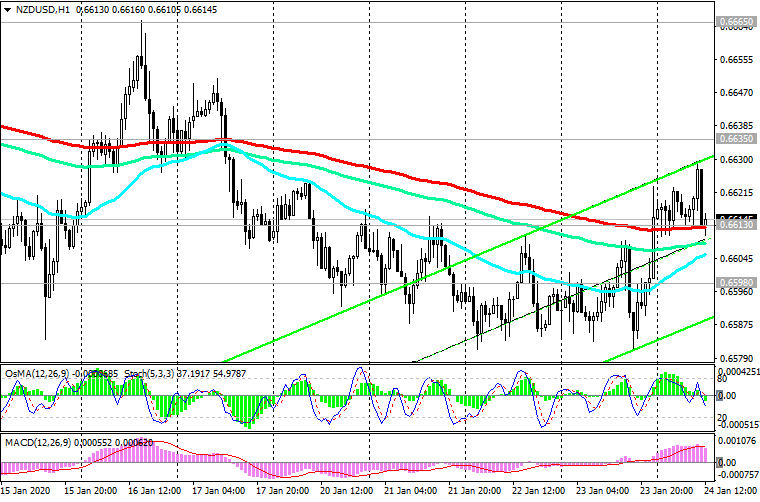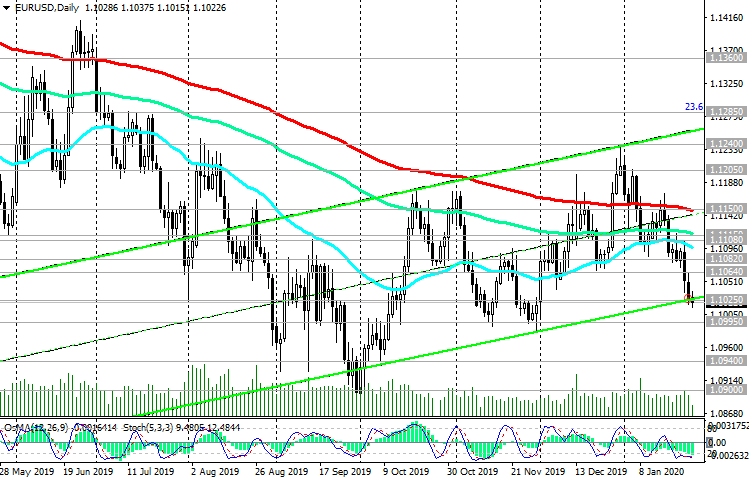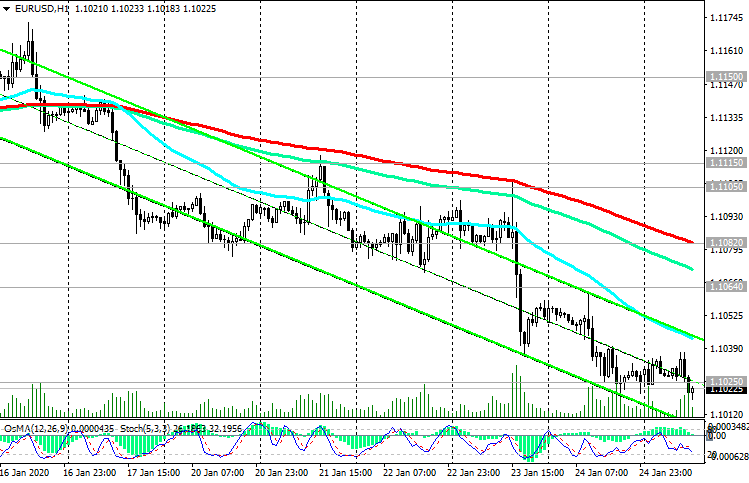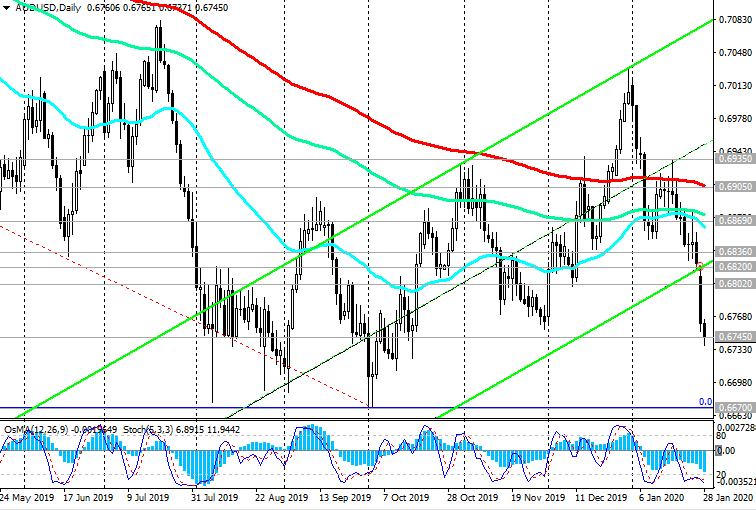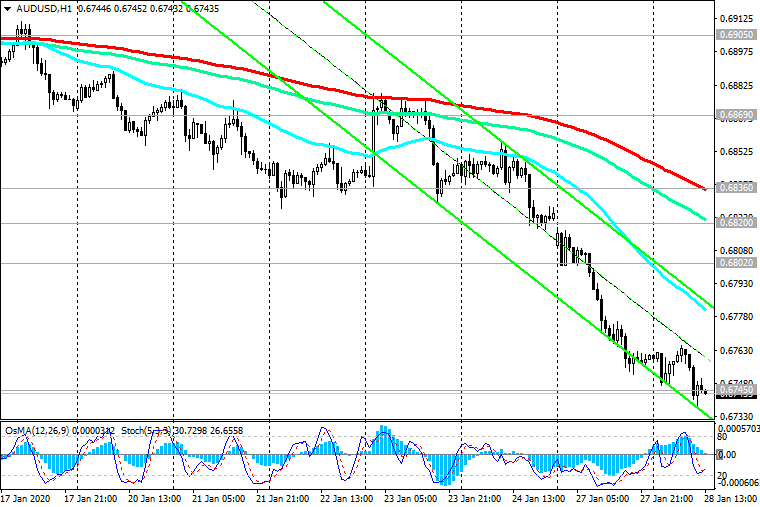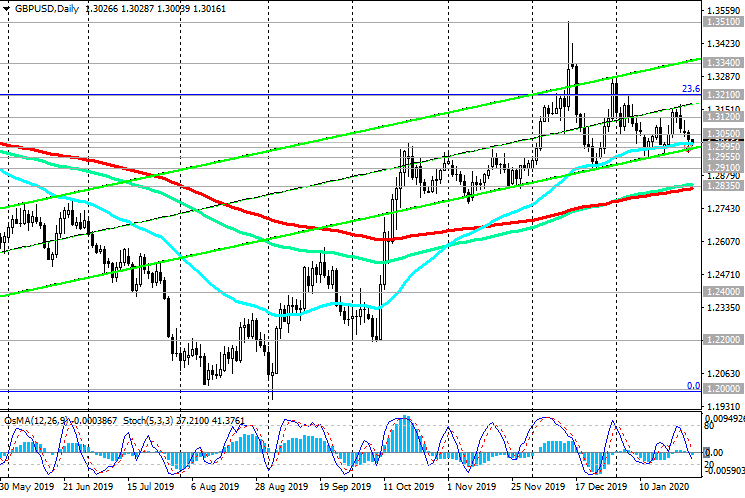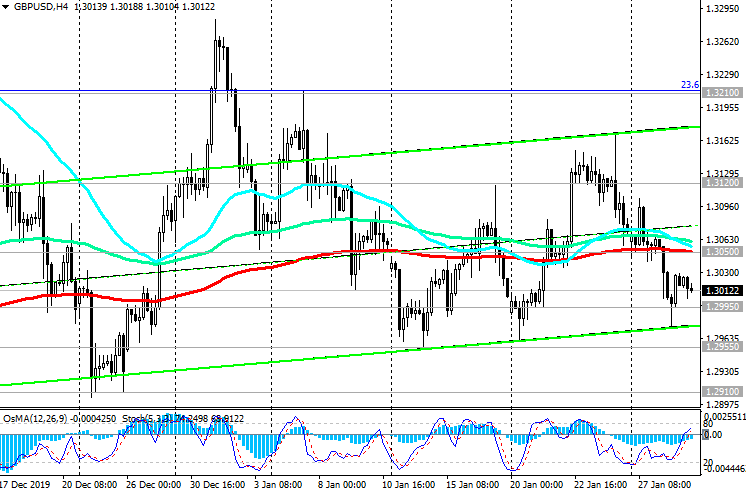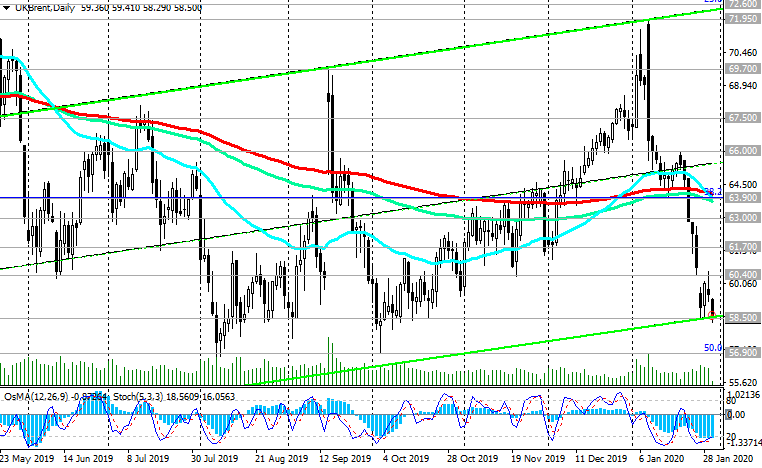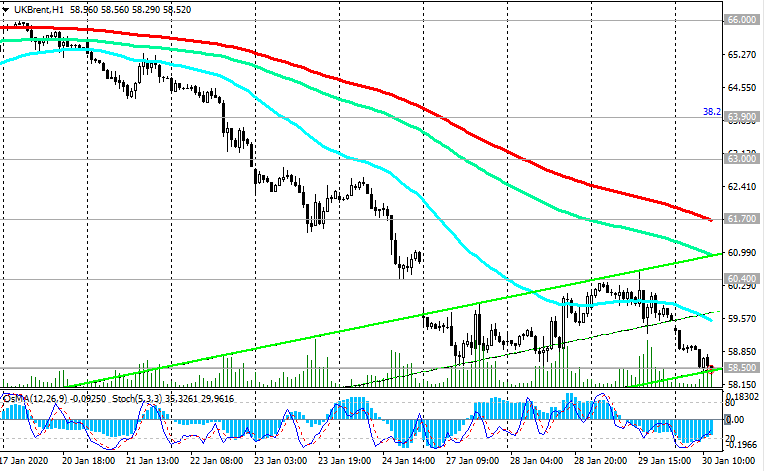TifiaFX
Established member
- Messages
- 641
- Likes
- 0
S&P500: positive dynamics continues
12/24/2019
Major US stock indices Dow Jones Industrial Average, Nasdaq Composite and S&P 500 finished trading last Monday at historic highs.
After futures for US stock indexes continued on Monday the recent series of growth, today they are trading in a very narrow range: S&P 500 - near 3225.0, Nasdaq100 - near 8702.0, DJIA - near 28570.0.
The S&P500 index maintains long-term positive dynamics, trading above key support levels of 2978.0 (ЕМА200 on the daily chart), 3018.0 (ЕМА144 on the daily chart and Fibonacci level 23.6% of the correction to the growth since December 2018 and 2335.0).
Probably, after the breakdown of the local resistance level 3229.0, the S&P500 will continue to grow.
In an alternative scenario and after the breakdown of support levels 3193.0 (ЕМА200 on the 1-hour chart), 3135.0 (ЕМА200 on the 4-hour chart) S&P500 will go to support levels 3018.0, 2978.0. Long positions are preferred so far.
Trading volume on European and American stock markets today will be small. Most exchanges are either closed or shut down early on the eve of the holiday. Market volatility will return on December 26 - 27, and will fully recover after the New Year holidays.
Support Levels: 3193.0, 3157.0, 3135.0, 3100.0, 3018.0, 2978.0
Resistance Levels: 3229.0
Trading recommendations
Sell Stop 3190.0. Stop-Loss 3131.0. Goals 3157.0, 3135.0, 3100.0, 3018.0
Buy Stop 3131.0. Stop-Loss 3190.0. Goals 3200.0, 3250.0
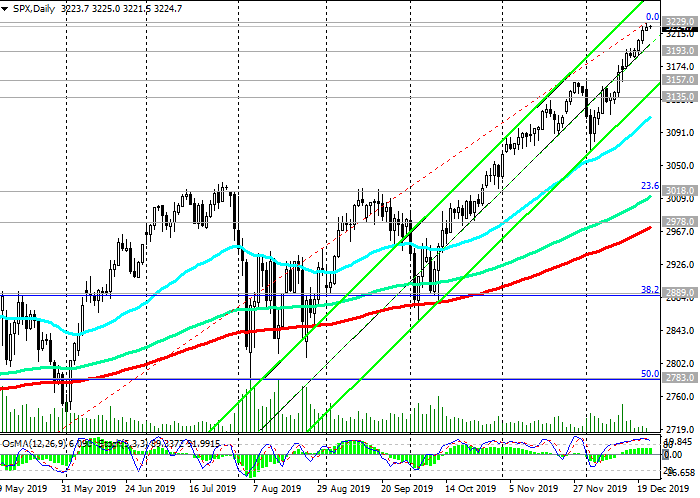
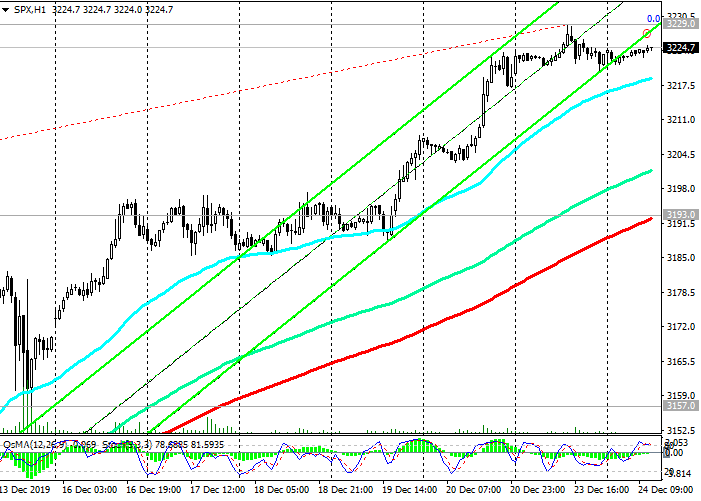
12/24/2019
Major US stock indices Dow Jones Industrial Average, Nasdaq Composite and S&P 500 finished trading last Monday at historic highs.
After futures for US stock indexes continued on Monday the recent series of growth, today they are trading in a very narrow range: S&P 500 - near 3225.0, Nasdaq100 - near 8702.0, DJIA - near 28570.0.
The S&P500 index maintains long-term positive dynamics, trading above key support levels of 2978.0 (ЕМА200 on the daily chart), 3018.0 (ЕМА144 on the daily chart and Fibonacci level 23.6% of the correction to the growth since December 2018 and 2335.0).
Probably, after the breakdown of the local resistance level 3229.0, the S&P500 will continue to grow.
In an alternative scenario and after the breakdown of support levels 3193.0 (ЕМА200 on the 1-hour chart), 3135.0 (ЕМА200 on the 4-hour chart) S&P500 will go to support levels 3018.0, 2978.0. Long positions are preferred so far.
Trading volume on European and American stock markets today will be small. Most exchanges are either closed or shut down early on the eve of the holiday. Market volatility will return on December 26 - 27, and will fully recover after the New Year holidays.
Support Levels: 3193.0, 3157.0, 3135.0, 3100.0, 3018.0, 2978.0
Resistance Levels: 3229.0
Trading recommendations
Sell Stop 3190.0. Stop-Loss 3131.0. Goals 3157.0, 3135.0, 3100.0, 3018.0
Buy Stop 3131.0. Stop-Loss 3190.0. Goals 3200.0, 3250.0



